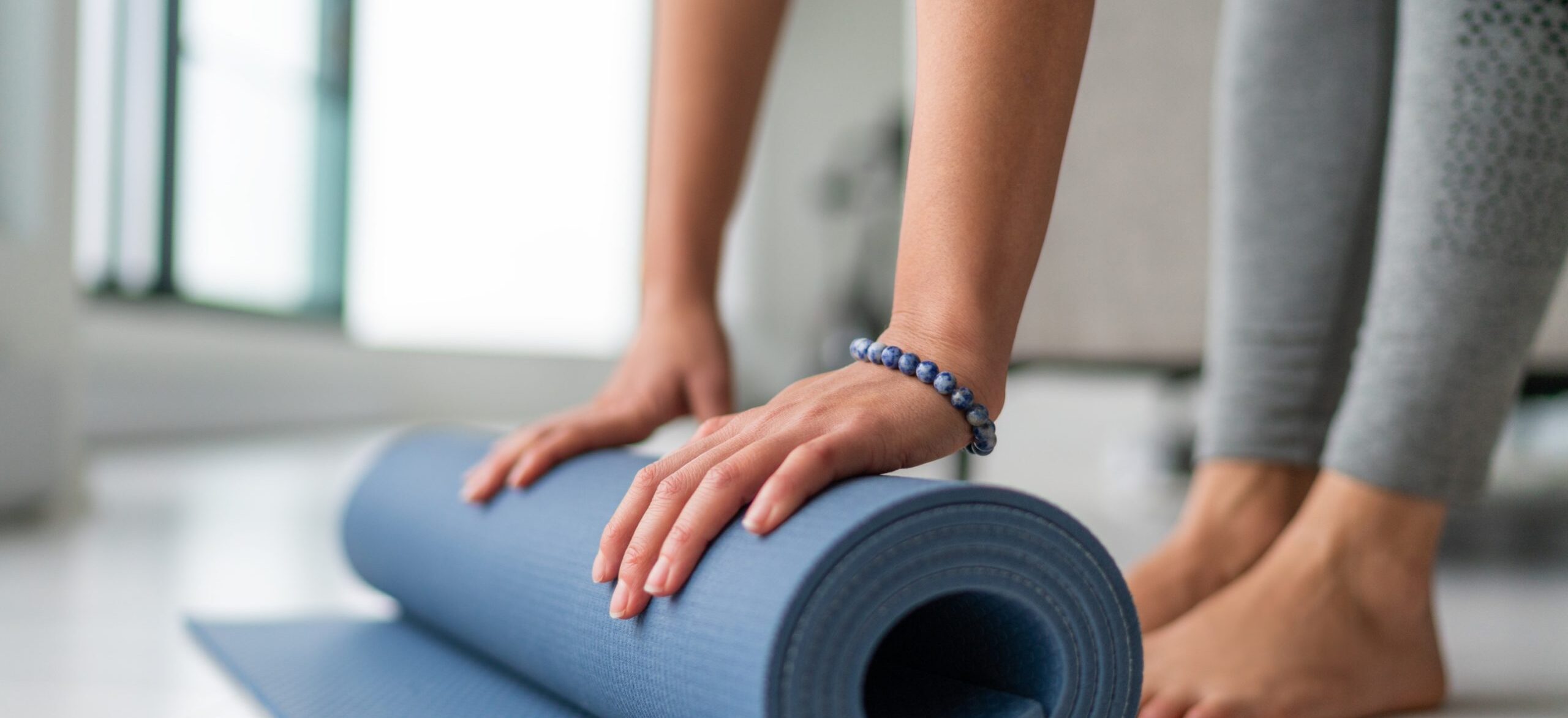Survivors must deal with so very much in the months and years after the suicide of a loved one, but life still calls us to return from that private world of grief and mourning. At some point, I heard that call and began to answer.
In small, almost unnoticeable steps, I instinctively found that creating a comforting atmosphere made the hours a little easier to bear. In my bedroom, I put some artificial flowers in a vase, hung a couple of paper lanterns on the windows. Anything to create beauty soothed my soul. I couldn’t listen to music with words for a long time, but I found peace in classical and alternative (zen) recordings. I played this music in the car and when I was at home.
Staying away from the news and disturbing programs on television really made a difference. I visited the Alliance of Hope Community Forum a lot. Eventually, I returned to church, where I found great comfort in prayer and in being with friends who were not grieving.
Meditation, self-hypnosis MP3s, and yoga also brought a physical structure to my days. Simple stretching before bed and in the morning let my body feel nurtured. Water aerobics and massage sessions did the same thing. At different times, when I let these lapse, my health suffered. Even a soothing cup of afternoon herbal tea can make me feel better.
All of this self-care is part of grief, healing, and the unerring journey toward life and living. Each of these things directed me away from death. Sometimes that was painful because it made me feel that I was leaving my husband further and further behind. I felt as if I were losing him over and over again. This stretch of the road fell behind me at some point though as I moved forward to a new life that would develop around me, and as I realized the love we two had shared would never die. I could take it with me.
Jostled by the pace of this new life, I encountered other problems. How would I spend the next part of my life?
Who would I turn to? Loneliness gave way to pragmatism. Faucets had to be fixed. Grass grew too swiftly. Bills continued to arrive in the mailbox.
Well after I had taken care of issues surrounding my husband’s death, I learned that my grace period was over. I could no longer shelter under a cloud of grief. I had to face the real world and all its demands.
One step at a time, I waded through the tall reeds of everyday life. I went to work, dealt with home repairs, came home at the end of the day to an empty house, and felt again a sense of normalcy. I grew stronger. I fell down. I got back up. I explored my new world, made choices, changes, and decisions.
Each type of loss brings a unique set of problems.
For those like me who lost a spouse, the pain at seeing a loving couple holding hands may turn to wonder as we consider what life is left to us. Would there be another love for me? Did I want that? How would it happen? Could the emotional past be part of a new future?
Navigating life after loss to suicide is complicated. Whom do I tell? At what point? Can I start over? These questions remain unanswered for me, and there are others yet to be discovered. At the Alliance of Hope’s community forum, there is a section for those who are asking questions like this. It is called “Turning Back Into Life.” Here, survivors can talk about the issues they are facing. Once again, we find we are not alone.
No matter where you are on your grief journey, connecting with other survivors of suicide loss will help. Reaching out to others may be the hardest thing you’ve ever done, but it will be the best thing you can do for yourself.
I promise.




